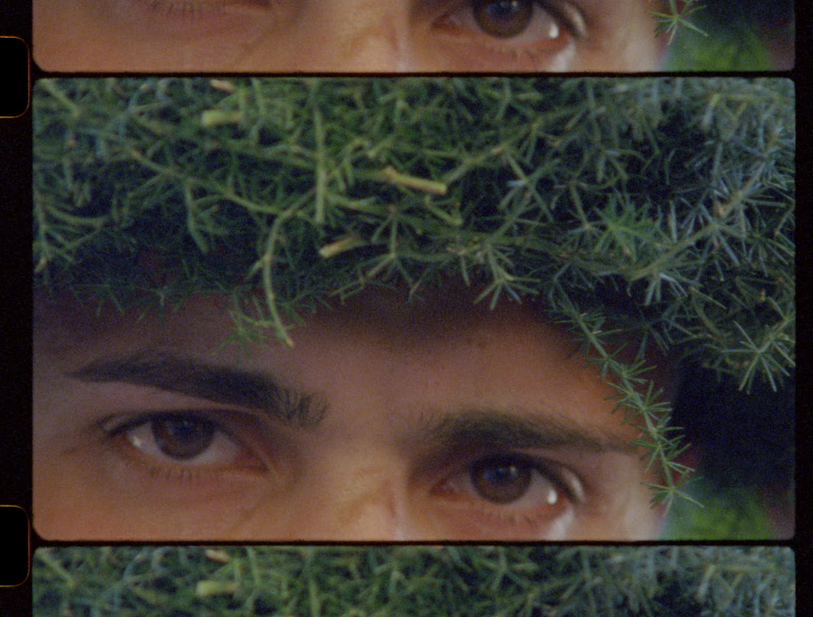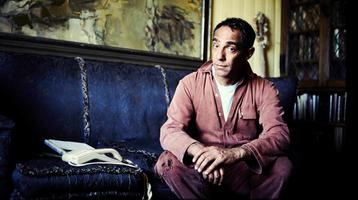
Daisy Lafarge
On the first day of June in 1310, the French mystic and beguine Marguerite Porete was burned at the stake at the Place de la Grève in Paris. Her alleged crime was both literary and spiritual: she had written and circulated a book, The Mirror of Simple Souls (or The Mirror of the Simple Souls Who Are Annihilated and Remain Only in Will and Desire of Love), which was deemed heretical by the church, by theologians at the university and by a panel of lawyers who condemned her to death. Porete’s beautiful heresy was one of passivity and annihilation. The soul can be so obliterated by God’s love, Porete believed, that it ceases to be what it once was; it becomes so totally subsumed by love that it becomes that love itself. And since love is God, and God can do no wrong, the annihilated soul can and should give to the world whatever it wishes and desires. The church saw this self-abnegation as Porete placing herself beyond reproach. Porete merely saw that love is identical to the lover.
George Finlay Ramsay’s quasi-ethnographic film Flesh, Wax & Glass: The Age of the Son (2024) draws on Porete’s mystical theology to frame a contemporary meditation on submission, passivity, devotion and grief. Shot in 16mm, it documents the Vattienti, a Christian bloodletting rite that takes place every year on Easter Saturday in the town of Nocera Terinese in southern Italy. The film opens with a sequence of images: fronds of rosemary in boiling water, a young man’s blood-streaked thighs, shards of glass protruding from a disc of cork, a bloodied handprint on a pale yellow wall. A woman’s voice asks, “How was it this year?” A man responds: “I was more anxious. More tense.” This man is revealed to be Francesco, son of Saturno, a Calabrian lorry-driver who was the focus of the film’s prequel, Flesh, Wax & Glass: Saturno’s Dream (2023), which documented his thirty-third year taking part in the Vattienti ritual. Saturno died shortly after the film was made. The Age of the Son follows Francesco as he prepares to undertake the Vattienti without his father for the first time.

George Finlay Ramsay, Flesh, Wax & Glass II: The Age of the Son (2024), film still. Cinematography by Ruben Woodin Dechamps. Courtesy of the artist.
The stages that make up the Vattienti ritual re-enact the passion of Christ on Good Friday. The faithful wear crowns of thorns made from wild asparagus, and perform self-flagellation with a cardo (‘the thistle’): a piece of cork impaled with thirteen glass shards, one for each of the apostles, and one for Christ. One shard, symbolising the traitor Judas, is longer than the others. Their procession through the town is preceded by the Pietà, a statue of the Madonna cradling the body of her adult son, and culminates with the Vattienti participants kneeling at her feet, begging to be freed from their vow of penitence. Other men pour wine to disinfect the wounds of the faithful, recalling the vinegar given to Christ on the cross, and use sponges to dry the blood. Only men are permitted to take part in the ritual, but The Age of the Son draws both structure and depth from the voice of two women: Marguerite Porete, and Silvana, who is Francesco’s mother and Saturno’s widow. Silvana expresses reluctance about the Vattienti, that she had to suppress her feelings to ‘be strong’ for her husband and son while they took part. She, too, along with the voices who cry “Basta!” (“Enough!”) during the flagellation, has had to sacrifice something for the Vattienti: the desire to intervene, to shield her loved ones from harm. Like Porete, she reconciles herself to a radical passivity and submission that may seem inexplicable — even heretical — to the wider world.
The Mirror of Simple Souls describes seven stages of love ending in the soul’s annihilation, in which the gift of life is given back to God, the giver. The mirror in Porete’s work serves an instructive purpose by reflecting the spiritual, supra-rational truth she wishes to teach. When the lover — who is also the looker — perceives this fully, their looking will render their soul ‘simple’, and they will become annihilated in love. If Narcissus’ mirror was a tool for perceiving the self, Porete’s is one with which to destroy it. The Age of the Son elaborates this through dream-like scenes of a mirror being carried through a landscape on a man’s back. The mirror does not reflect the one who carries it, neither does it illuminate the way ahead. Rather it becomes an aperture for the ineffable: sunlight, clouds, the blues of the sky. Cutting from these scenes to the Vattienti, it is as though the mirror itself has become annihilated, dispersed into the many shards of glass with which the faithful perform their penitence.

George Finlay Ramsay, Flesh, Wax & Glass II: The Age of the Son (2024), film still. Cinematography by Ruben Woodin Dechamps. Courtesy of the artist.
The Mirror of Simple Souls was conceived as a play with allegorical characters, drawing on the thirteenth century’s popular literary culture of courtly love. After hearing words from Soul and Love which he finds too paradoxical to bear, the character Reason perishes from a kind of bewilderment. The Age of the Son skilfully counterbalances this mystical, allegorical legacy with documentary realism, often combining both in a single scene. There’s a sense that its subjects understand all too well that their participation in the Vattienti lends itself to metaphor, and they have learned how to subvert and play with being spectated. At one point, Francesco seems to direct a mirror at the filmmaker himself, teasing that while Francesco could hunt and kill an animal for meat, the filmmaker could not. Part of what so beguiles, unsettles and allures about The Age of the Son is its capacity to integrate this subversion of its own preoccupations and poetic constraints, incorporating both allegory and realism, refusing to settle cleanly on either side. In this sense, it becomes something of a ritual in its own right, suspending reason and rationality to draw closer to bewilderment.
Daisy Lafarge is a writer and artist based in Glasgow. She is the author of a novel, Paul (Granta 2021), and a poetry collection Life Without Air (Granta 2020), which was shortlisted for the T.S. Eliot Prize. Lovebug, a book on the poetics of infection, was published in 2023. Her second novel is forthcoming in 2027.


